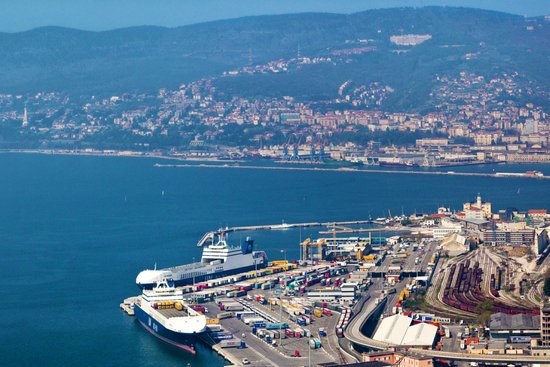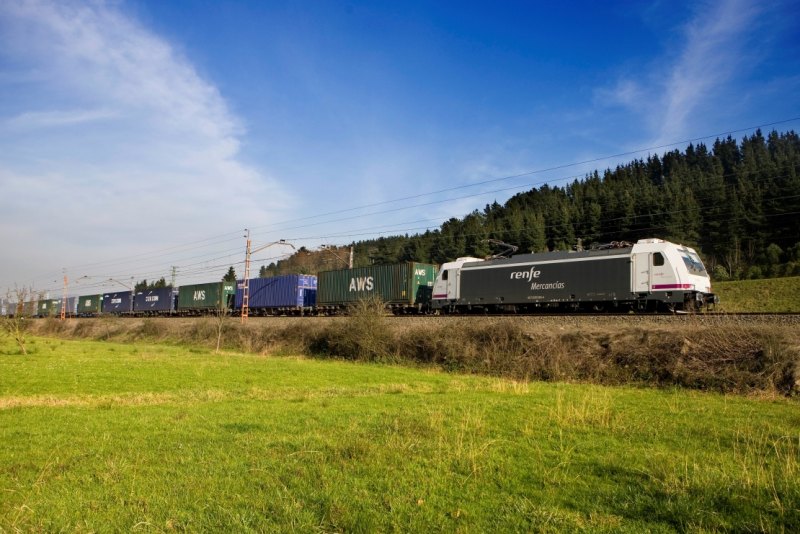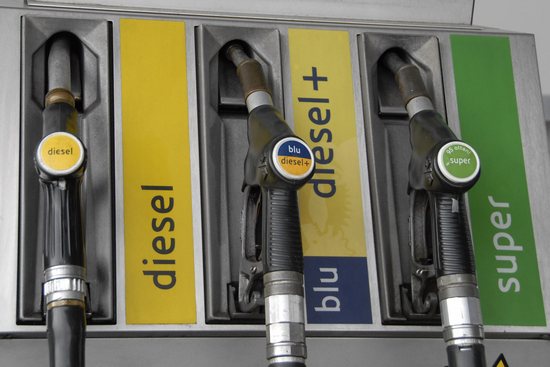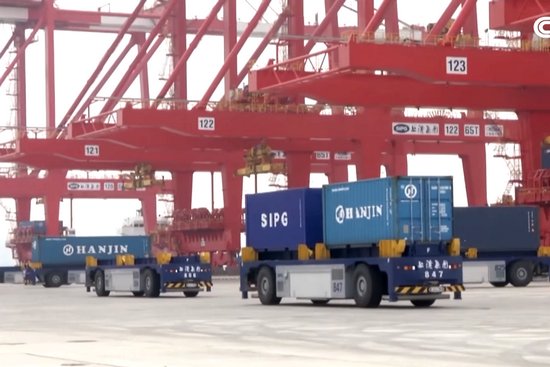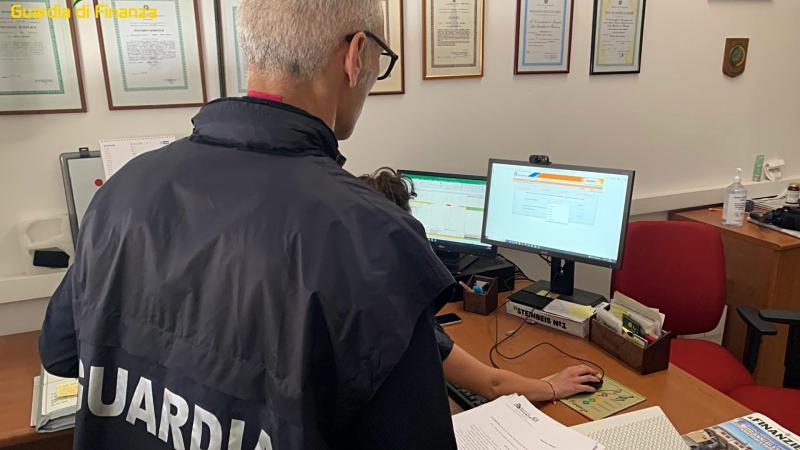In the third quarter of 2024, the European road transport market experienced significant changes, characterized by price fluctuations and operational challenges. This is outlined in the report "The European Road Freight Rate Benchmark – Q3 2024," produced by Upply, IRU, and Transport Intelligence. The report highlights rate trends, the impact of operating costs, and future outlooks for the sector.
Rates remained relatively stable throughout Q3 2024, but different dynamics were observed between contractual and spot rates. While contractual rates were unchanged from Q2, spot rates dropped by 4.4 points compared to the previous quarter. Year-over-year, contractual rates decreased by 2.1 points, while spot rates saw a more significant decline of 6.1 points. Analysts believe that this divergence reflects the structured and protected nature of contractual rates, which tend to be less volatile in the short term compared to spot rates, which are more sensitive to sudden shifts in demand. Despite the reduced demand for transport, long-term contracts allow operators to maintain rates that cover operational costs—a crucial necessity in a challenging economic environment.
Demand for road transport services is closely tied to manufacturing output, which saw a slowdown in the Eurozone during Q3 2024. The Purchasing Managers' Index (PMI) fell to 45, one of the lowest levels this year. The situation is particularly critical in Germany, where the manufacturing PMI reached 40.6, indicating a sharp contraction in the sector.
One of the most pressing challenges for the road transport sector is the rising operating costs, which continue to increase due to inflation. The report states that vehicle insurance costs have risen by approximately 10%, while maintenance and repair costs have grown by over 4%, partly driven by higher spare parts prices. Italy is no exception, and transport operators face rising costs that make it difficult to lower rates despite reduced demand.
Fuel prices are another key factor affecting the sector. Diesel prices were volatile in the third quarter, with an increase from June to July followed by a decline in September. The report concludes by stating that the outlook for the European road transport sector remains uncertain, with several variables that could affect rates in the coming months. On one hand, rising operating costs may continue to keep contractual rates high. On the other hand, weak demand, primarily due to the industrial slowdown, could put downward pressure on spot rates.


